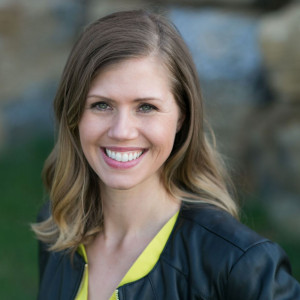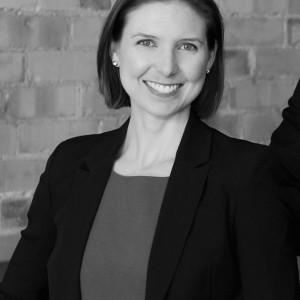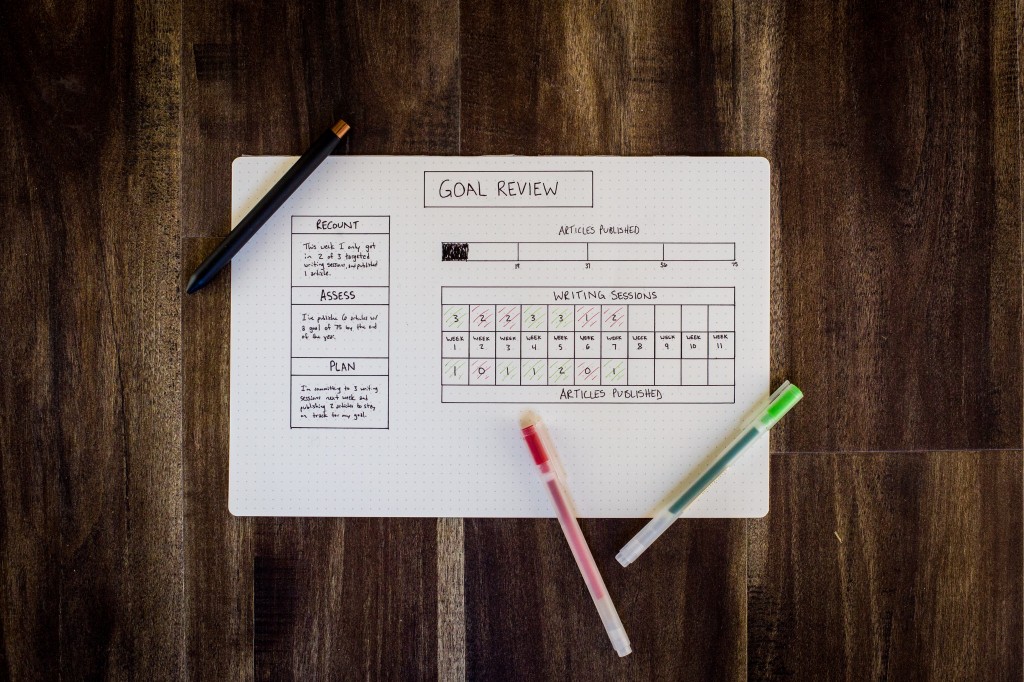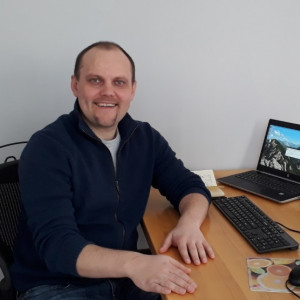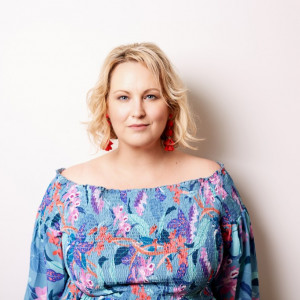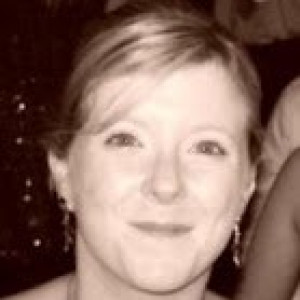How do you decide priorities?
Interview with Pola, a Paris-based content writer
We operate as a worker co-op, which means many decisions are made together. Sometimes it’s good to have a quick chat with the team to decide what needs to be done first.
A job ad in an online group led Pola to find her ideal career as a content writer—see her remote work & job seeking takeaways.
Read full interview from Interview with Pola, a Paris-based content writer.
Interview with Tammy, founder and CEO of Workplaceless
I ask myself the following questions:
- What will actually make me feel accomplished?
- What will have a direct impact on the success of my business?
Based on the answers to those questions, I determine my daily, weekly, and monthly priorities.
Learn how this founder and CEO of a remote work resource and certification program handles the triumphs and trails of location independence.
Read full interview from Interview with Tammy, founder and CEO of Workplaceless.
Interview with Tara, a remote director of research and administration
The calendar often decides priorities for me. Each search has a pattern of tasks that need to be completed in order, and we allocate a certain block of time for each.
Those tasks always take priority. When I have downtime, I flip over to my list of ongoing background work, things like social media posts and administrative work.
A move to be closer to a spouse's job led Tara to remote work—see her tips for staying productive and organized as a full-time remote director.
Read full interview from Interview with Tara, a remote director of research and administration.
Interview with Lauren, a content marketing team lead and hybrid remote worker
I front-load my week to finish work that I need to be in the office for. My WFH days revolve a lot around my writing because that’s something I can do anywhere. I don’t take meetings on my WFH days because I prefer being present during meetings, though I will Zoom in if something pressing comes up.
For Lauren, remote work was a non-negotiable arrangement—see how she manages a hybrid remote work situation and her tips for those on the remote job search.
Read full interview from Interview with Lauren, a content marketing team lead and hybrid remote worker.
Interview with Alyssa, a copywriter and content strategist
I plan everything two to four weeks in advance, consider my personal schedule, and then base deadlines on my clients' goals.
Alyssa has found her rhythm as a freelancer and founder of the blog, Freelancing Flow—see her tips for keeping it all running smoothly.
Read full interview from Interview with Alyssa, a copywriter and content strategist .
Interview with Kati, a co-founder shares her tips for juggling multiple side hustles
There are certain tasks that have a hard deadline from a client, so that is taken into consideration when deciding priorities. After that, I suppose it's what makes the most money!
Kati has made a career at using the internet and gig economy to her advantage—see how she successfully manages multiple side hustles and a business.
Read full interview from Interview with Kati, a co-founder shares her tips for juggling multiple side hustles.
Interview with Mike, a business developer with a one task a day remote work routine
As a team, each week, we focus on one major task that needs to be accomplished. Each Monday, we have a weekly sprint planning meeting where we decide what needs to be done during that week in more detail.
We also discuss what we’re going to focus on in the forthcoming weeks. Our roadmap is usually sketched out for the next 4 to 6 weeks.
Mike had a lackluster experience with remote work 12 years ago. Today, he has embraced location-independence. Hear about his "one task a day" routine & vital tip for job seekers.
Read full interview from Interview with Mike, a business developer with a one task a day remote work routine.
Interview with Mindi, a content manager and social media strategist
Priorities must align with my overall goals, which I review on an annual, quarterly, monthly, and weekly basis (as described above in The ONE Thing method.) When life happens, and goals shift, so do my priorities.
A ten-dollar per hour social media gig got Mindi hooked onto remote work—see how she meets her client and business goals and manages time zone differences.
Read full interview from Interview with Mindi, a content manager and social media strategist .
Interview with Emma, a founder helping companies shape their remote work policies
Firstly, I look at client deadlines and always respect them. Then I look at how long I have had a project and what I need to do to finish it or move it on.
It is often like juggling, keeping all the balls in the air at once to make sure everything is moving.
Emma carved out her own remote work niche—see how she manages her own virtual law firm while maintaining work/life balance.
Read full interview from Interview with Emma, a founder helping companies shape their remote work policies.
Interview with Rose, a co-founder growing the impact of remote work
I have my goals written out, and my priorities are things that get me closer to those goals. Sometimes it's hard to know exactly what that might be and where I'm finding it harder to decide I ask my sounding boards, the mastermind group I'm involved in or other colleagues.
Rose balances part-time SEO work with leading Grow Remote—see how she optimizes her time to build a community and resource for remote workers.
Read full interview from Interview with Rose, a co-founder growing the impact of remote work.

